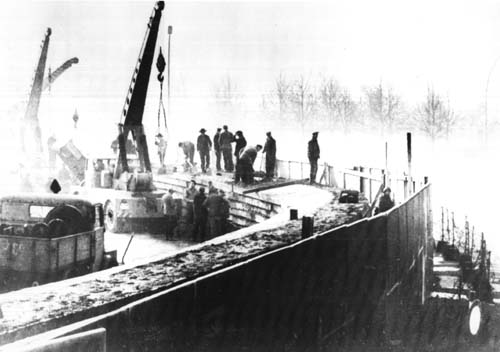Tag: Comm Date
Celebrating the Life and Career of Reinhart Koselleck
Reinhart Koselleck (23 April 1923 – 3 February 2006), a German historian widely considered one of the most influential European theorists of history and historiography in the twentieth century.
Constantly probing and transgressing the boundaries of mainstream historical writing, he created numerous innovative approaches and exposed himself to a large range of impulses from other academic disciplines. His writings responded to the work of German philosophers such as Martin Heidegger and Hans Georg Gadamer and of political thinkers such as Carl Schmitt. Koselleck’s thought also responded and added to the work of internationally renowned scholars such as Hayden White, Michel Foucault, and Quentin Skinner.
We are proud to offer a selection of texts and FREE access to Contributions to the History of Concepts journal concerning Koselleck’s essential contributions to the fields. Scroll down for details.
Continue reading “Celebrating the Life and Career of Reinhart Koselleck”Celebrating International Day for Monuments & Sites, also known as World Heritage Day!
Celebrated yearly on April 18th, the International Day for Monuments and Sites, also known as World Heritage Day, encourages local communities and individuals throughout the world to consider the importance of cultural heritage to their lives and to promote awareness of its diversity and vulnerability and the efforts required to protect and conserve it. For information on this year’s theme please visit ICOMOS (International Council on Monuments and Sites) webpage www.icomos.org.
In joining the celebration, Berghahn is excited to present relevant Heritage Studies titles and Journals, as well as highlight our Explorations in Heritage Studies series.
Continue reading “Celebrating International Day for Monuments & Sites, also known as World Heritage Day!”Remembering the Holocaust

In recognition of International Holocaust Remembrance Day, we would like to present a list of new and recent Holocaust and Genocide Studies titles, as well as free access to related journal articles.
Continue reading “Remembering the Holocaust”BOOKS FOR AUSTRALIA DAY
To mark this year’s Australia Day we present a selection of our latest titles on aspects of in Australia. Here are paperbacks, eBooks, and hardbacks on everything from health care for the elderly to film and song, the lives and struggles of the indigenous population, and how the nation has faced its colonial legacies.
Continue reading “BOOKS FOR AUSTRALIA DAY”Books for International Migrants Day

International Migrants Day aims to raise awareness about the challenges and difficulties of international migration. Berghahn Books is pleased to offer a selection of our Open Access titles on Refugee and Migration Studies. Berghahn Journals is also offering free access to related articles and special issues. See below for details.
Continue reading “Books for International Migrants Day”EXCERPT: THE BEST WE SHARE
In connection with the 50th anniversary of the World Heritage Convention, celebrated November 16th, Berghahn is excited to feature an excerpt from The Best We Share: Nation, Culture and World-Making in the UNESCO World Heritage Arena by Christoph Brumann. The paperback edition is forthcoming April 2023!
Take advantage of the 25% discount on eBook and related paperbacks. Use code WHC22 at checkout, valid through end of November 2022.
Continue reading “EXCERPT: THE BEST WE SHARE”Spotlight: Hannah Arendt
Hannah Arendt (14 October 1906 – 4 December 1975), German-American philosopher and political theorist, was the first to argue that there were continuities between the age of European imperialism and the age of fascism in Europe. In her pivotal work The Origins of Totalitarianism (1951), she established that theories of race, notions of racial and cultural superiority, and the right of ‘superior races’ to expand territorially were themes that connected the white settler colonies, the other imperial possessions, and the fascist ideologies of post-Great War Europe.
Continue reading “Spotlight: Hannah Arendt”International Translation Day

According to the United Nations, International Translation Day is “an opportunity to pay tribute to the work of language professionals, which plays an important role in bringing nations together, facilitating dialogue, understanding and cooperation.”
Continue reading “International Translation Day”The beginning of a Germany divided

August 13th marks the anniversary of the construction of the Berlin Wall. The concrete barrier physically and ideologically divided Berlin from 1961 to 1989. Along with separating West Berlin from East German territory, it came to symbolize the “Iron Curtain” that separated Western Europe and the Eastern Bloc during the Cold War.
Browse relevant Berghahn titles on the history of a divided Germany. In addition, Berghahn Journals is offering free access to Vol. 29, Issue 2 of German Politics and Society until August 22, 2022. See below for details.
Continue reading “The beginning of a Germany divided”



